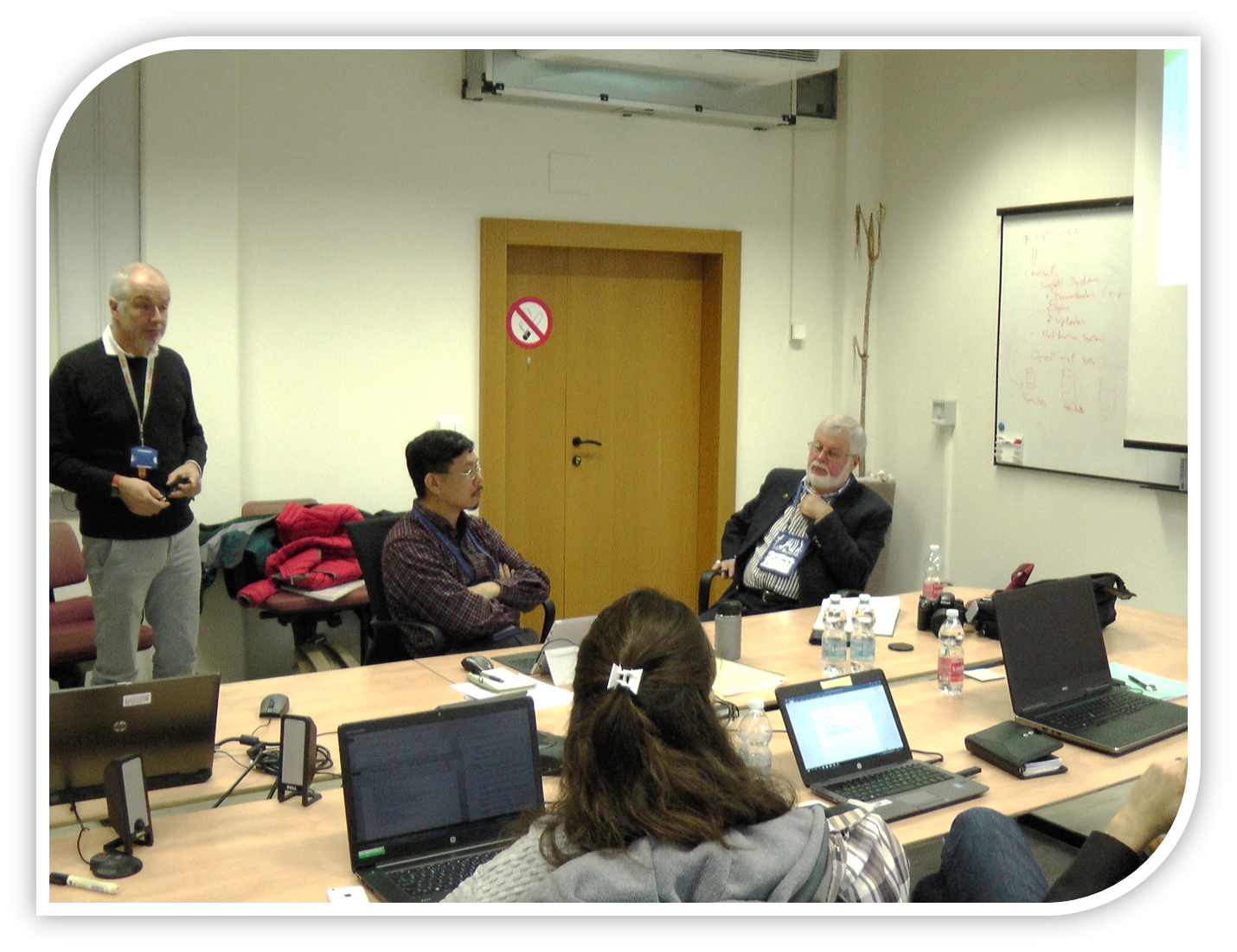Major world experts in global visitor data collection for Protected Areas met from 24 to 26 January 2018 at the Joint Research Centre of the European Commission in Ispra (Italy) to identify common definitions and metrics for global visitor data collection.
Both in Africa, Caribbean and Pacific (ACP) countries and beyond, protected areas welcome every day thousands of visitors: ecological, religious and cultural heritage tourism to protected areas is a major business driver for local economies within and around Protected Areas as well as one of the multiple sources of human pressure threating biodiversity and ecosystems conservation.
Well-managed protected areas in the IUCN Green List of Protected and Conserved Areas are globally recognized as examples of excellence in the sustainable use of natural resources as they can balance environmental, health and social costs and benefits of human presence in and around key terrestrial and marine ecosystems.
Global indicators, metrics and figures on human presence in protected areas are of major interest for a variety of actors, from ecologists to protected area managers to identify criteria for well-managed protected areas and to comply with Convention on Biological Diversity (CBD) targets.
Nevertheless, perhaps surprisingly, no reliable, consistent and comparable global data exist yet on the magnitude and value of protected area tourism globally.
This is important to understand the balance of positive and negative effects on protected areas, which cannot be further explored without appropriate data on, e.g. the number, length of stay and behavior of visitors to protected areas.
The BIOPAMA workshop on Global Visitor Data Collection combined the expertise and vision of eight global experts with the technical tools and expertise of JRC scientists to explore solutions for global visitor data collection, harmonization and use in policy-oriented research and protected area management.
Integrating local, national and regional data is extremely difficult for a variety of reasons and is often not in the interest, nor the capacity of local managers. Moreover, local solutions identified in some countries can provide guidance for similar contexts but are often not easy to implement to a global scale: advanced countries like Finland and Estonia, provided good guidance on data collection elsewhere, if similar conditions apply.
With regard to metrics for protected area sustainability, the length of tourists’ visits rather than their absolute number provides better information on their pressure, as this is due, e.g. to the number of overnight stays.
Crowd-sourced data provided through social media posting, e.g. georeferenced photos from protected areas, are an interesting new source of data to track people movements inside protected areas, although they are not representative of the entire visitors’ population.
BIOPAMA acts as a platform for the exchange of best practices and as a unique provider of data-to-knowledge products through the RIS platform, and can help in managing and analyzing visitor-related data.
Next steps include a joint initiative between the JRC and the UN Environment World Conservation Monitoring Centre (WCMC) for collecting global data on the number of visitors in protected areas: the database will serve as a basis to monitor the use of protected areas and to assess the economic value and the impact of natural tourism in ACP countries for BIOPAMA.
- Moments from the workshop. Photos: Paul Eagles.
Related News

prev








